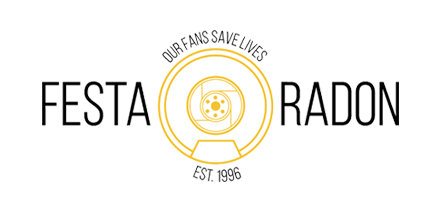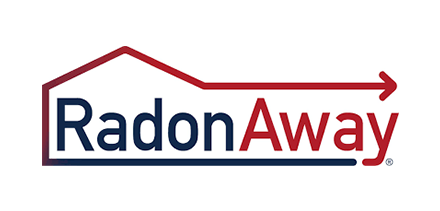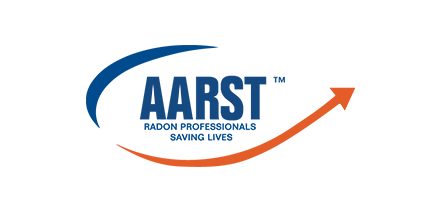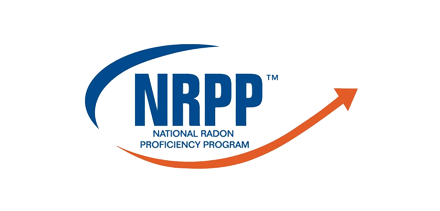FAQs
Stanton Radon
How often should I test my home for radon?
It is recommended to conduct radon testing in your home every one to two years to ensure ongoing safety and protection.Why should I care about radon levels?
Radon exposure is the leading cause of lung cancer among non-smokers, making it a significant health concern that should not be overlooked.What is radon?
Radon is an invisible, odorless, and tasteless radioactive gas that occurs naturally. It can enter buildings through small openings and cracks in the foundation.My home doesn't have a basement or slab, do I still need Radon testing?
Radon can be present in any type of home, regardless of its construction. Therefore, testing is recommended for all residential structures.What level of radon should I be concerned about?
Radon levels exceeding 4 picocuries per liter are considered actionable and should be addressed through mitigation efforts.How much will this cost?
The cost varies depending on the size of your property. We encourage you to contact us for a complimentary estimate tailored to your specific needs.Will my energy bill go up?
The energy consumption of a radon mitigation system is typically minimal, often costing less per month than operating a single light bulb.What is radon mitigation?
Radon mitigation involves the installation of a mechanical system designed to reduce radon concentrations within your home to safe levels.







